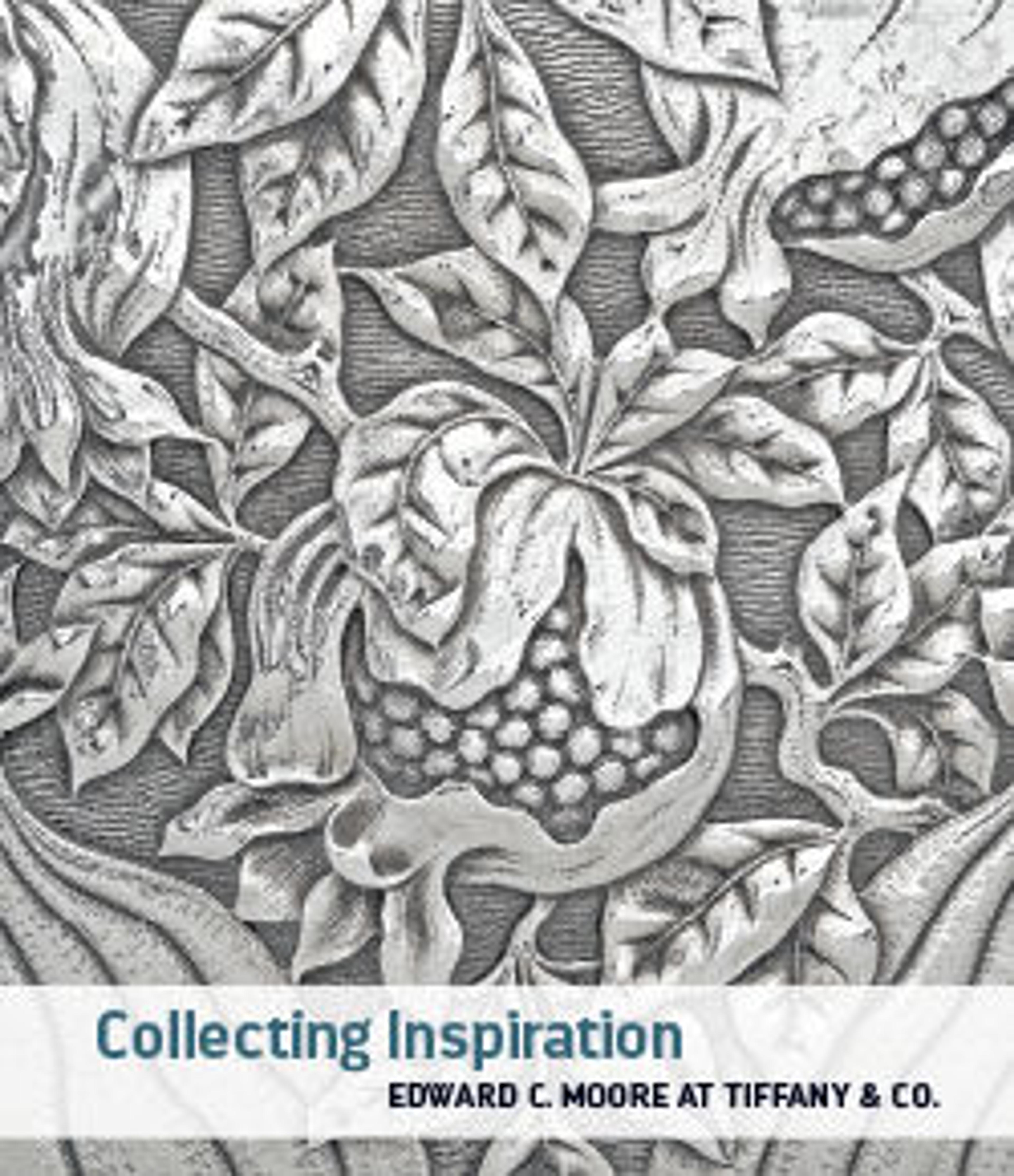Ceramic Lantern
Artwork Details
- Title: Ceramic Lantern
- Date: early 13th century
- Geography: Attributed to Syria, probably Raqqa
- Medium: Stonepaste; underglaze-painted in blue, luster-painted on transparent glaze
- Dimensions: H. 9 1/8 in. (23.2 cm)
W. 5 3/4in. (14.6cm) - Classification: Ceramics-Tiles
- Credit Line: Edward C. Moore Collection, Bequest of Edward C. Moore, 1891
- Object Number: 91.1.138
- Curatorial Department: Islamic Art
Audio
6751. Ceramic Lantern, Part 1
NARRATOR: We’re looking at the ceramic object in this case, with Ellen Kenny and Stefan Heidemann, from the Islamic Department:
ELLEN KENNY: So we're looking right now at what we've thought of as a lantern that's produced in the classic Ruqqa luster style which is this chocolaty brown luster pained on top of the glaze and highlighted with cobalt blue. This piece has the form of a domed, square building, almost with a door on one side and sort of rose windows on the walls. We've tended to think of this object as a lantern, but Stefan has some other suggestions to make as well.
STEFAN HEIDEMANN: Yes, first of all... as you find Syria dotted with little mausolea in this shape with a dome and an entrance. But it can also be an incense burner. That Ruqqa was a major production site was first discovered in the nineteenth century when travelers came more frequently to Syria.
ELLEN KENNY: And the reason why they were attracted to Ruqqa connects with late nineteenth century fascination with the 1,001 Nights. There had been a few translations that had recently come out at that time, and so this was sort of a vogue…
STEFAN HEIDEMANN: And they traveled to it, and they found… in Ruqqa; were production kilns.
ELLEN KENNY: It's just so lovely to have suddenly this burst of cobalt…and it creates a really delightful tension between the soft lines of the blue and the crisp lines of the chocolaty brown.
NARRATOR: Luster ware ceramics are specifically identified with Islamic Art – and you’ll find them throughout these galleries. To hear just a bit about the technique, press PLAY.
Listen to more about this artwork
More Artwork
Research Resources
The Met provides unparalleled resources for research and welcomes an international community of students and scholars. The Met's Open Access API is where creators and researchers can connect to the The Met collection. Open Access data and public domain images are available for unrestricted commercial and noncommercial use without permission or fee.
To request images under copyright and other restrictions, please use this Image Request form.
Feedback
We continue to research and examine historical and cultural context for objects in The Met collection. If you have comments or questions about this object record, please contact us using the form below. The Museum looks forward to receiving your comments.
